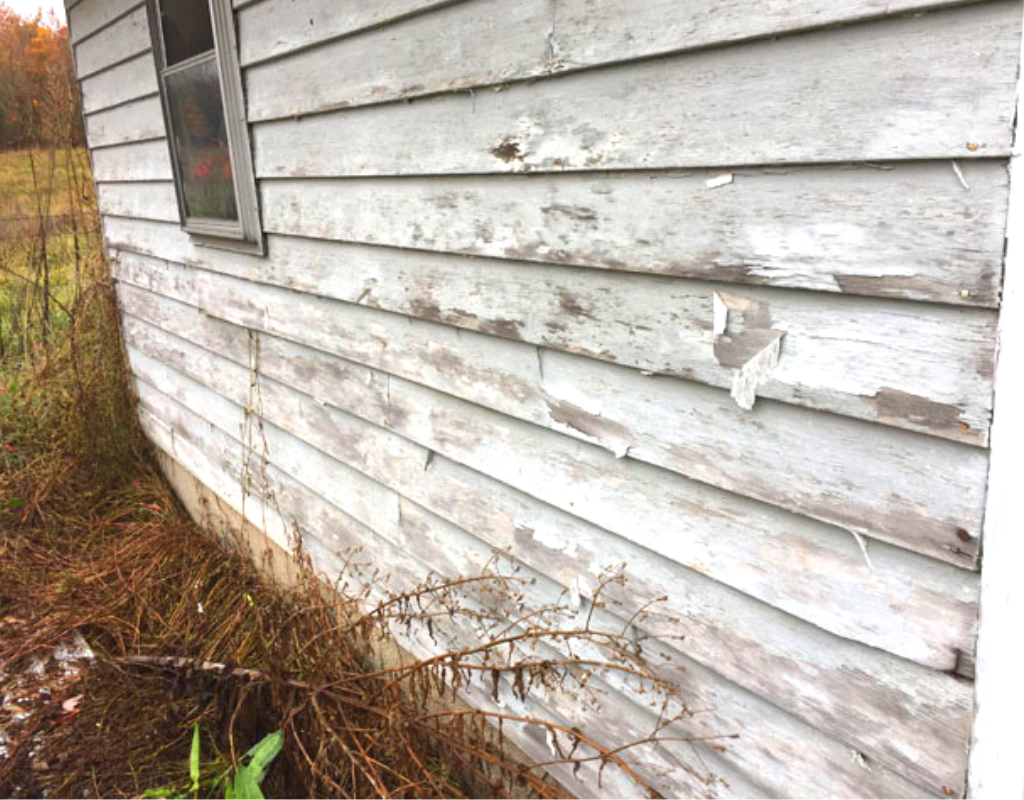
Property Taxes Just Went Up? We’ve Got You Covered!
It’s reassessment season for most folks in our area. Homeowners

Are you planning on selling or buying a home built before 1978? If so, you need to be aware of the possibility of lead-based paint. Since lead poisoning is a serious health concern, checking for the possibility of peeling or chipping paint is a must for any appraiser completing an appraisal for FHA, VA, or USDA financing.
Appraisers cannot know if a home contains lead paint or not, nor are we required to. We simply must note any surface which shows signs of peeling or chipping paint and call for the removal of the peeling paint (yes, even if it was just painted 10 years ago!).
[bctt tweet=”Are you planning on selling or buying a home built before 1978? If so, you need to be aware of the possibility of lead-based paint. ” username=”RiverfrontApp”]
When does this rule apply?
So how do you remove peeling paint on a pre-1978 home?
According to the HUD website, peeling, chipping or flaking paint must be removed by the approved method of scraping the defective surface(s) and then reapplying new paint. It’s very important to pay close attention to flakes of paint which might fall during the removal process as they could still present health and safety concerns. To be safe, remove any flaking or peeling paint down to the bare wood and repaint. And keep a drop cloth under you so cleanup is a breeze!
Here it is in even simpler terms:
If you’d like more info, this short article on the Department of HUD’s website is very helpful, especially if your home was built prior to 1978 and you have young children at home.
Helping homeowners navigate the appraisal process,
Ryan Bays, SRA, AI-RRS

It’s reassessment season for most folks in our area. Homeowners

I feel like we all need a laugh. How about

So this may be a slight break from the norm,
Riverfront Appraisals has been providing comprehensive valuations of residential properties to Western Kentucky and Southwestern Indiana since 2008.